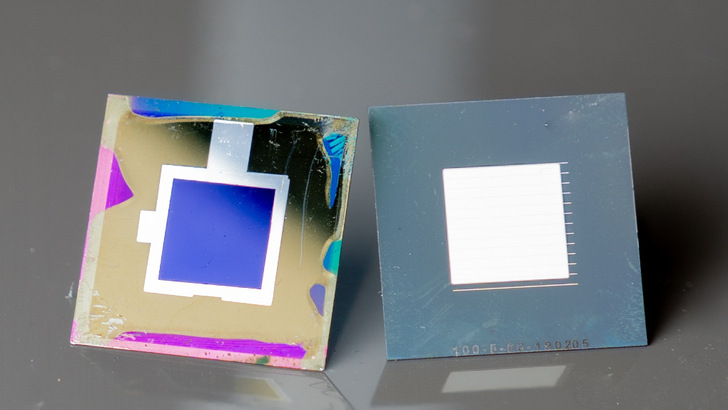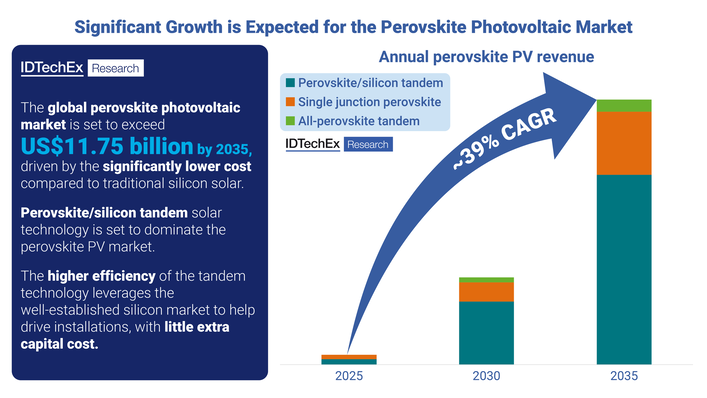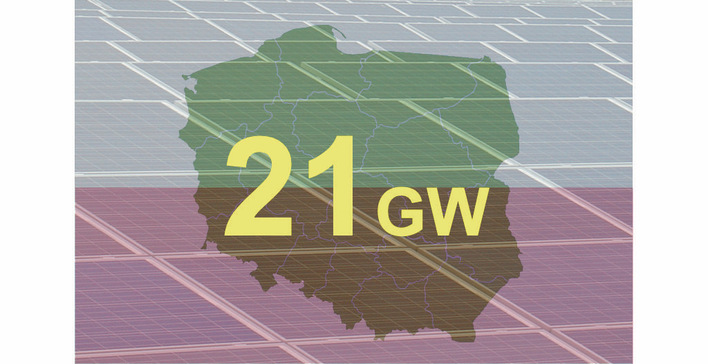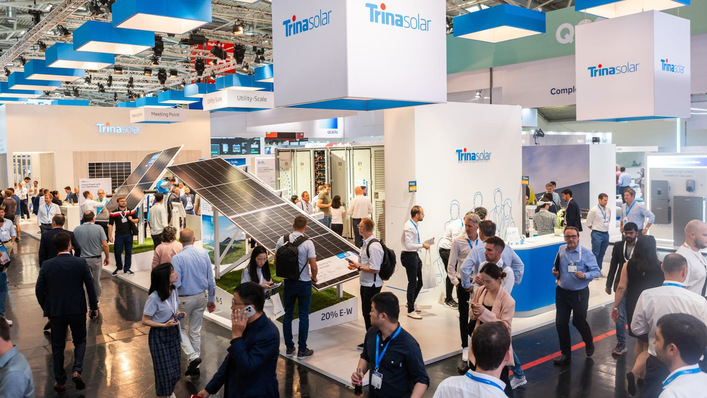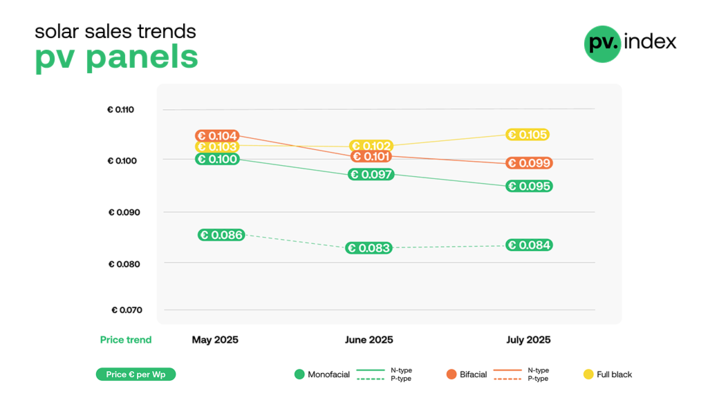Researchers at the Helmholtz-Zentrum Berlin (HZB) have achieved an efficiency of 29.8 per cent with a tandem solar cell. The solar cell consists of a base of crystalline silicon. A layer of metal halide perovskite is applied to this. This semiconductor material has been a focus of solar cell research at HZB for several years. This is because it converts sunlight into electrical energy very efficiently and can be combined well with other semiconductor technologies.
Race for the highest efficiency is on
With the new efficiency, the HZB researchers break their own record from January 2020, when they achieved an efficiency of 29.15 per cent with a tandem of crystalline silicon and perovskites. Then the manufacturer Oxford PV followed suit in December 2020 and achieved 29.52 per cent. But the race for record efficiency is far from over. "An efficiency of 30 per cent is like a psychological limit for this fascinating new technology. It could revolutionise the photovoltaic industry in the near future," explains Steve Albrecht, one of the developers of the new record cell.
Cell optically improved
For the new record cell, the researchers focused on optically improving the heterojunction silicon cell that forms the basis of the tandem. To do this, nanotexturing was applied to the front and a dielectric back reflector was added to guide more light into the cell. Above all, however, the nanotexturing at the interface between silicon and perovskite is a major gain for the cell's efficiency.
Interface layers equipped with nanostructures
To find out, the HZB researchers first studied the texturing. The main focus was on how it increases the density of the photocurrent. In the process, they investigated different textures. Then they built a silicon perovskite tandem with each of these different surface textures. "Even the nanotexturing on one side improves the light absorption and enables a higher short-circuit current compared to a planar reference," says Johannes Sutter from HZB. "Remarkably, the nanotextures also lead to a slight improvement in the electronic quality of the tandem solar cell and to better film formation of the perovskite layers," adds his colleague Philipp Tockhorn.
Using sunlight more efficiently
While the nanotextured boundary layer between the two tandem parts improves the transport of charge carriers, the dielectric reflector increases the amount of light that reaches the cell. This is because it reflects the infrared light at the back of the cell back into the silicon absorber. "By using a dielectric reflector, we were able to use this part of the sunlight more efficiently, resulting in a higher photocurrent," says Alexandros Cruz Bournazou, who was also involved in the research.
So interesting: Factory for perovskite solar cells starts production
The scientists also already have an idea on how to increase the efficiency even further. They are talking about nanostructuring the absorber layers on both sides. This would make an efficiency of 30 per cent realistic, as the researchers emphasise. (su/mfo)


